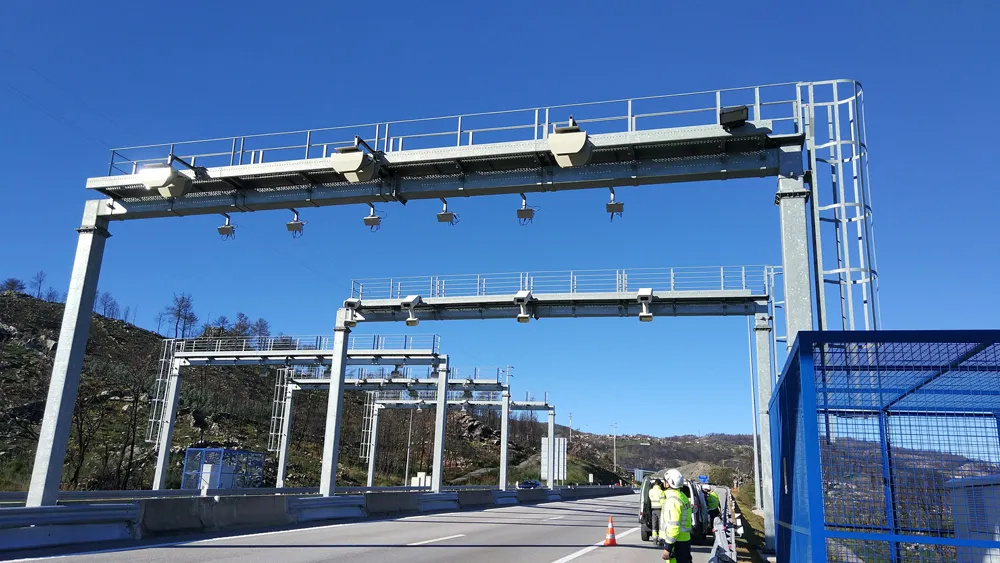LightRiver Technologies, provider of fully-integrated, multi-technology communications networks, is to upgrade the communication structure of Chicago transit Authority’s (CTA) light rail Intelligent Transportation System (ITS). The upgrade provides the network bandwidth needed to support ITS systems aimed at increasing passenger comfort and satisfaction and improving system reliability and efficiency. The communications network is designed with next-generation packet and optical telecommunications equipment
October 18, 2012
Read time: 2 mins
The upgrade provides the network bandwidth needed to support ITS systems aimed at increasing passenger comfort and satisfaction and improving system reliability and efficiency.
The communications network is designed with next-generation packet and optical telecommunications equipment that increases bandwidth delivered and integrates CTA’s systems onto one common infrastructure. The network will support advanced ITS systems including video surveillance, variable message signs, fare collection and ticket kiosks, PA systems, security systems as well as supervisory control and data acquisition (SCADA).
CTA’s rail system operates over 224 miles of track with 1,200 rail cars running eight routes; trains make about 2,100 trips per day between 145 stations. LightRiver is supplying the communications systems as well as providing network engineering, installation and integration across CTA’s rail system.
“CTA chose LightRiver through a competitive bid for this project because of their deep experience in deploying critical communications infrastructure and success in the public utility sector,” said Chris Horsman, chief information officer for CTA. “LightRiver continues to deliver on their promise of building a hardened network required by our transit system.”
“We look forward to continuing our partnership with CTA and contributing our expertise to the state-of-the-art ITS system serving Chicago residents and visitors,” said Glenn Johansen, CEO, LightRiver.








